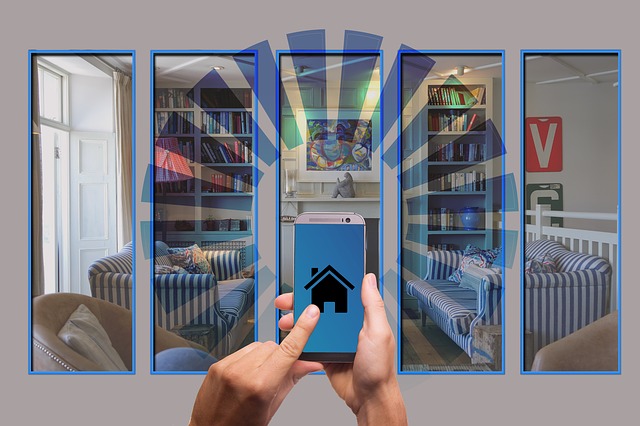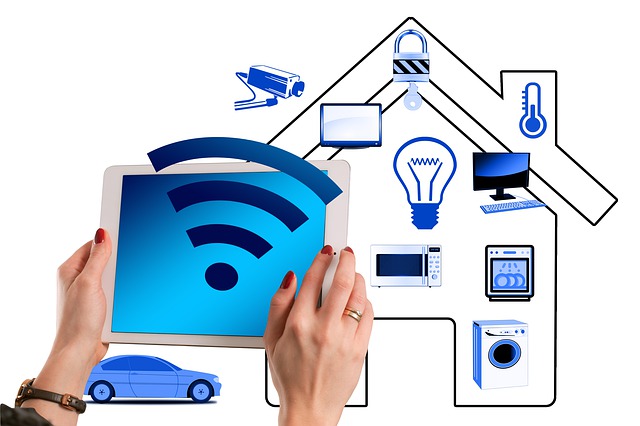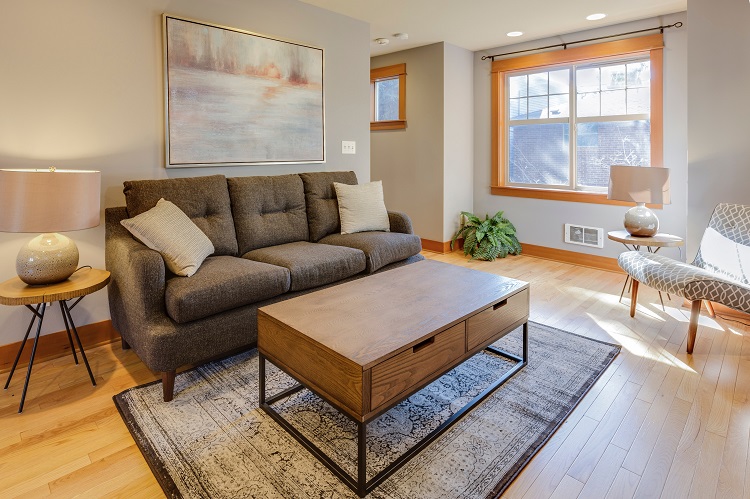
In 2022, using cloud-based storage systems has become part of our daily lives. Cloud-based systems are undoubtedly beneficial, whether for personal use to upload photos, save files, or for professional use to house data.
But, there are so many other benefits you may not have even considered. For example, apartment buildings can become greener and more sustainable when they have efficient cloud-based access control points, which can reduce their global emissions footprint. As we all strive to do better for our environment, you can imagine that this factor is rather inviting.
In this article, we will take you through how buildings can become more sustainable and reduce their global emissions footprint by using cloud-based access points. We will give you a thorough overview of this and how building owners or businesses can get involved.

Contents
What is cloud-based access control?
In case you are unfamiliar, cloud-based access control is a method of giving someone access to a building through access points integrated with cloud-based software.
There are several types of cloud-based access control systems condos, or townhouses could choose to use, and each has benefits ranging from energy efficiency to being more cost-effective.
Below are some of those options.
Smart door locks
For buildings with multiple occupants, visitor access can be managed by using smart door locks, which they can gain access to by using their phone or a fob.
Any smart building technology solutions would include these systems to ensure visitors can access different rooms more efficiently while allowing spaces that house data to be more secure than ever.
Of course, for buildings with residents, the main goal is for each resident to feel safe and secure in their home. The great news is that smart door locks are personalized for each user, therefore would be excellent for modern spaces.
Video access control
A popular style of cloud-based security software is integrated video access control. This is due to how trustworthy it is, as a result of seeing entries in real-time, giving security teams more awareness of who is on-site at a specific time or if any security risks are rising. This is predominantly used for surveillance and claiming for insurance.
How does this equate to energy efficiency?
While the above points don’t directly correspond with energy efficiency, their systems usually do. Here are some of the ways this efficiency can occur;
Integrated building management
Having alerts and automation in real-time ensures that managers can simultaneously stay on top of room usage and security.
For example, if no one is using a particular room, but the lights have been left on, an integrated system could give managers the ability to turn these off to boost efficiency. If this case were to arise, managers would also be able to lock the room to ensure security is in place when no one is using it.
While the above point is related to businesses, this can also be applied to homeowners. For example, if you left the house and forgot to turn the lights off, you could go into your cloud-based software and turn off the lights to reserve your power.
Smart building IoT sensors
To take efficiency a step further, your building could also have sensors to ensure no power usage is occurring without reason. IoT sensors work by sensing activity and movement to switch on, meaning there is no chance that lighting will be used unless someone is in the room.
This is particularly popular in hospitals and schools, as big buildings don’t have the capacity for someone to check and interfere with usage manually.
HVAC systems based on analytics
Any building should always have heating, ventilation, and air conditioning systems in place to ensure the quality of the space is suitable for tenants and the security technology housed within the building. But, there is no doubt that these systems are pretty expensive and use a lot of energy.
To overcome this, putting occupancy management tools in place that measure when the building is used and needs the systems on will be the best thing to do. For example, if an office space is used between 9 am-5 pm, HVAC systems should be programmed to operate within these hours.

Summary
Having cloud-based systems in place is a fundamental part of buildings becoming more sustainable. We can mainly thank the automation and alerting that cloud-based software consists of, as room settings will become reliant on room usage and motion.
Imagine if every building in a city had these systems in place; there would be a much more efficient energy usage, which would have reduced the global emissions footprint for individual businesses and towns as a whole.
As we become more susceptible to enjoying cloud-based software in our past times, we should also look to include this in our home and work lives for a greener future.



